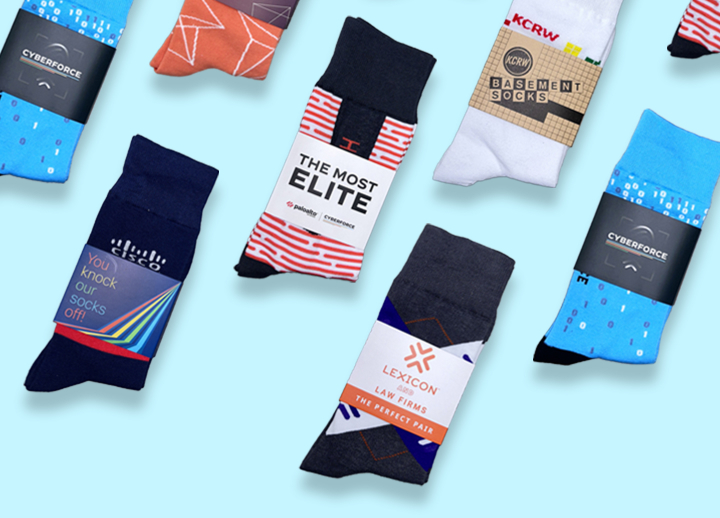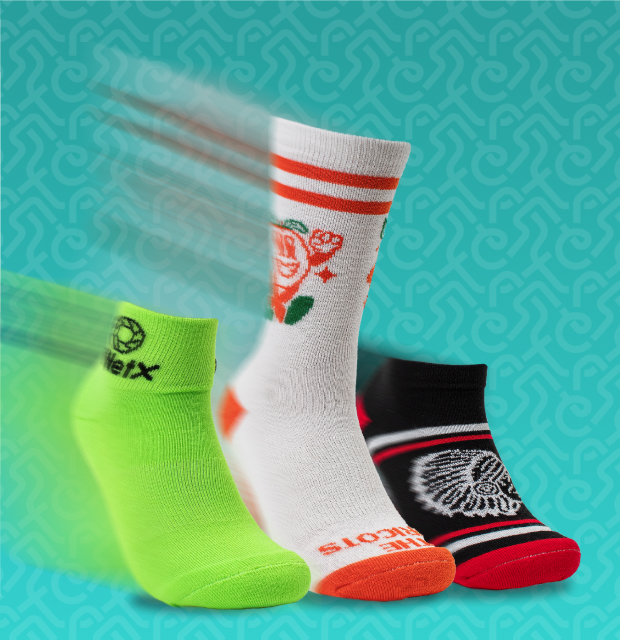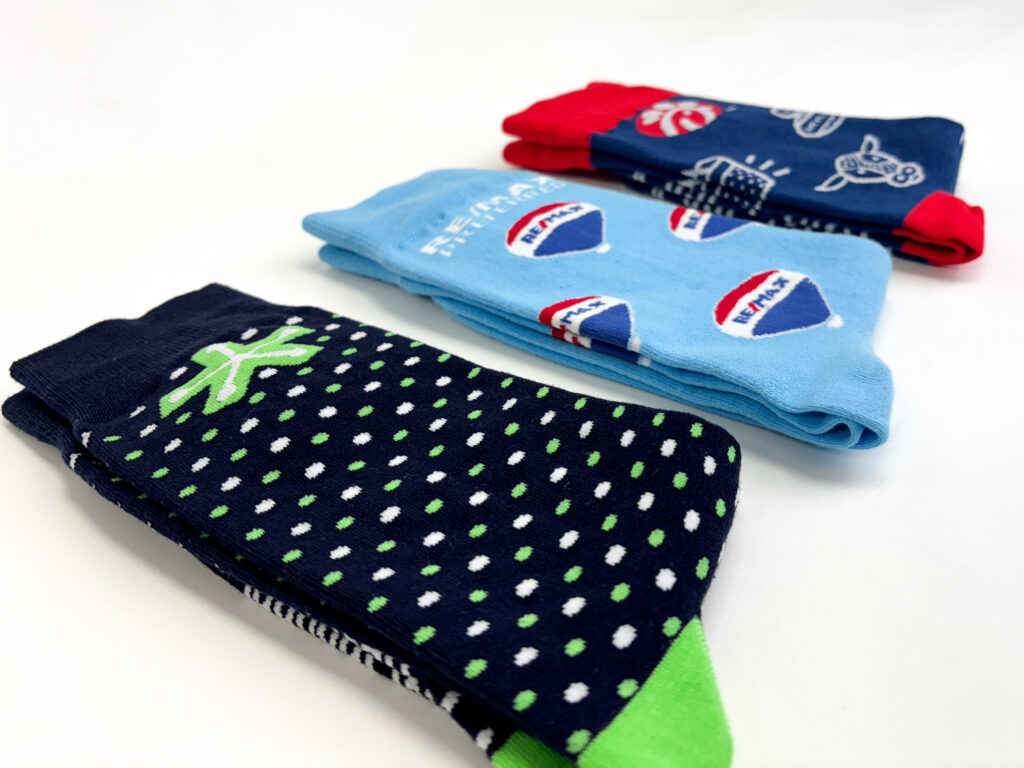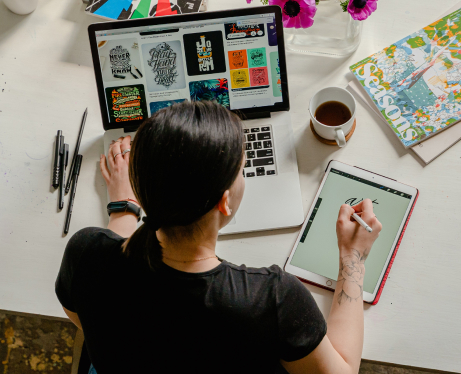We get it—marketing is flashy. Everyone’s chasing the next viral campaign, obsessed with ROI dashboards, and throwing budgets at influencer deals hoping someone with enough teeth whitening codes will shout them out.
But what if we told you that some of your most powerful brand impressions are happening off the grid? No CPM. No boosted post. No weird dance trends required.
Welcome to the underdog side of marketing: everyday stuff. The mugs. The hats. The notebooks. The SOCKS. The things people actually use—daily. These humble items are delivering passive impressions, sparking conversations, and building brand familiarity while the rest of your team is still arguing over fonts.
Let’s Be Real: Most Ads Are Ignored
We scroll. We skip. We close pop-ups with the reflexes of a caffeinated ninja. Attention is scarce, and trust is even scarcer. That’s why traditional digital advertising is fighting a losing battle with audience fatigue.
Enter: real-life, tactile, useful objects.
These aren’t ads. They’re companions. They live on desks, in gym bags, and—yes—on feet. And they speak volumes about your brand in ways a banner ad never could.
Everyday Items = Everyday Exposure
Let’s do a quick thought experiment.
Think about your favorite coffee mug—the one you use every morning. What’s printed on it?
Now think about your go-to hoodie. Or your water bottle. Or the notebook you grab for every meeting.
Odds are, some of those items are branded. And not just branded—they’re burned into your daily routine. That’s the hidden power: these aren’t “impressions.” They’re habits.
Your brand becomes part of someone’s day. Again and again. And again.
What Counts as “Everyday Stuff”?
Glad you asked. Here’s the short list of stealth marketing heroes:
Custom socks (obviously—we’re biased, but we’re also right)
Coffee mugs
Reusable water bottles
Tote bags that aren’t flimsy garbage
Phone wallets, keychains, notebooks, pens—done well, not cheap throwaways
But Here’s the Catch: It Has to Be Good
This strategy only works if the product actually gets used.
That means:
It’s well-designed
It’s functional
It fits the audience
It’s not the same cheap stuff everyone gives out at trade shows and then immediately forgets
We’re talking about merch that people want to show off. The cozy hoodie someone fights over in the office. The socks that spark an “OMG where did you get those?” The beanie that mysteriously disappears every winter because it’s that good.
Branded doesn’t have to mean boring. In fact, it shouldn’t.
The Psychology of Passive Impressions
When people choose to engage with your brand, it creates positive associations:
“This bottle is great—I use it every day.”
“These socks are actually comfortable.”
“This tote hasn’t fallen apart yet. Amazing.”
Every use reinforces your brand as useful, reliable, and present. It’s the marketing equivalent of being the friend who always shows up (without demanding attention or posting thirst traps for engagement).
Bonus: When others see it, it sparks curiosity. “Where’d you get that?” = word of mouth gold.
Everyday Stuff Lasts Longer Than a Campaign
A TikTok trend? Gone in a week. An ad campaign? Maybe remembered for a few days.
But a high-quality piece of branded gear? That sticks around. Sometimes for years.
We’ve heard stories:
A pair of socks from a 2019 conference that’s still in rotation
A custom mug that outlasted three jobs and one toxic relationship
A beanie so beloved it became a personality trait
That’s what real brand affinity looks like.
Everyday Stuff Is the Gateway Drug to Brand Loyalty
We’re not saying socks will save your entire marketing strategy. (Actually… we might be saying that.)
But seriously—these simple, useful items are the first tangible point of contact. They say:
We care about quality.
We get what you actually want.
We’re not afraid to have a little fun with our brand.
They make people feel seen. And when someone feels seen, they’re more likely to follow you, buy from you, recommend you, and yes—rep your brand on their feet.
Final Thought: Stop Chasing Clicks. Start Creating Moments.
Marketing doesn’t have to be loud to be effective. Sometimes, the best brand-building happens in the quietest places:
Around a kitchen table
In a morning run
At someone’s desk
Inside their shoes
So go ahead. Invest in the everyday stuff.
Give people something they’ll use, love, and carry with them.
And if that thing happens to be ridiculously comfortable socks with your brand on them? Even better.





